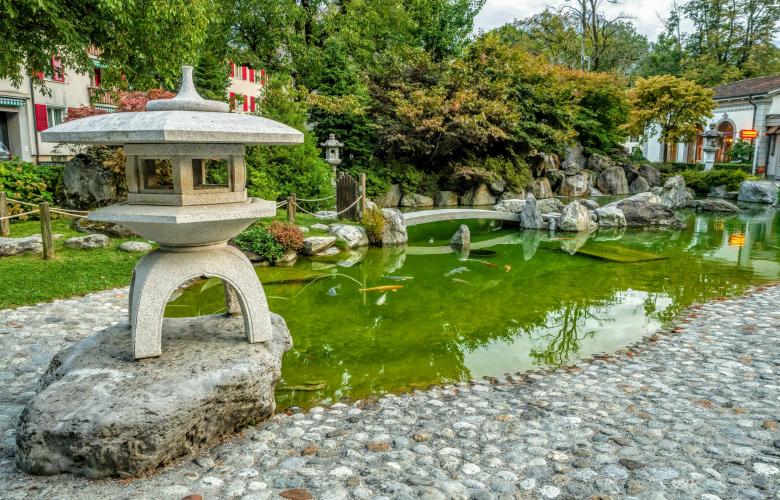Town twinning — with the parties known as sister, twin, or partner cities — is a legal or social agreement between cities, towns, or even whole geographical areas like Japanese prefectures that reinforces cultural and commercial ties. The first town twinning occured in the Middle Ages between a German and French town to overcome a history of war, but the practice didn’t find many followers soon after.
Modern sister cities were conceived only after WWII for similar purposes. The practice is very common in Europe to form a closer bond between countries on the continent and is financially supported by the European Union. For example, the three former enemy towns of Coventry in England, Dresden in Germany, and Stalingrad in Russia were heavily bombed during the war; they subsequently formed a three-way coalition to honour their shared history.
Since the 2000s, the ties are often used to encourage trade and tourism or to strengthen strategic business links between the town twins. To do so, cities often seek out partners that match their characteristics. Therefore, sister cities don’t necessarily only look good on paper, but might actually help a town to boost its profile and economic strengths.
In Japan, the Council of Local Authorities for International Relations supports town twinning. This joint agency of local governments was established in 1988 to actively promote city diplomacy with partners worldwide; it makes Japan one of the most active Asian countries in this field. And Japan surely boasts a few interesting examples — cities, towns, and prefectures all over the Japanese islands are paired with sisters across the globe. Most pairings are with twins in the USA, Australia, China, Germany, Korea, Russia, and Brazil.
Tokyo is paired with 11 capitals across all 5 continents, including New York City, Beijing, Sydney, Paris and Cairo. The Japanese capital has made friends with all its former war allies, including Korea, China, Russia, and the USA, while honouring previously existing alliances.
Yokohama, Tokyo’s port town neighbour, boasts the most sisters of any city in Japan: 29 in total. This is most likely owed to the city’s history as a sea trading hub. Many of the sister towns include other important port cities, like Hanoi, Vietnam; Hamburg, Germany; and Shanghai, China. Yokohama’s sisters are located across the world and the list gives an indication of which countries and cities the economic trade centre has established strong ties with.
Kyoto Prefecture is paired up with Yogayakarta Special Region in Indonesia and Edinburgh in Scotland, two cities as rich in culture and traditional architecture as Kyoto itself. Kyoto City decided to befriend Zagreb in Croatia, Cologne in Germany, as well as Firenze in Italy, among a few other beautiful cities.
Matsumoto in Nagano Prefecture, located in the Japanese Alps, is paired with Grindelwald, Switzerland and Kathmandu, Nepal, which comes at no surprise, as these sisters are located in two of the most famous mountain ranges in the world: the European Alps and the Himalayas.
Sapporo, the capital of Hokkaido, is the city where beer brewing in Japan started. It is home to a beer museum and several breweries, including the world famous Sapporo Beer Brewery. Again, it comes as no surprise that the city’s sisters include Munich, Germany, renowned for its annual Oktoberfest, the world’s largest beer festival and fun fair, and Portland, Oregon, which has gained a world-class reputation for its craft beer as of late.
In recent years, due to controversies between partners, two Japanese towns have ended their sister city relationships with partners in China and the USA. In 2012, Nanjing in China terminated their partnership with Nagoya due to comments by Nagoya’s mayor, Takashi Kawamura, that denied the Nanking Massacre. In 2017, the mayor of Osaka decided to end the city’s decade-long partnership with San Francisco, as the twin city in the USA had erected a memorial to comfort women. For similar reasons, Higashiosaka and Glendale in California almost terminated their sisterhood in 2013/2014, as the American town had also erected a statue dedicated to the suffering of Korean comfort women during WWII.
Both the productive and the controversial examples above show that town twinning is more than erecting a sign at the city borders. Looking up a town’s sisters can give you deeper insights into a city’s character and future direction when establishing businesses or before purchasing investment properties. More details on Japan’s sister cities can be found on the Council of Local Authorities for International Relations’ website.
By Mareike Dornhege
Similar to this:
History and the rise of Japan properties
Five reasons to live along the Setagaya Line
Focus on Fussa: Tokyo's Little America





